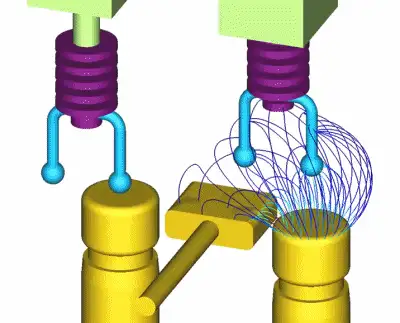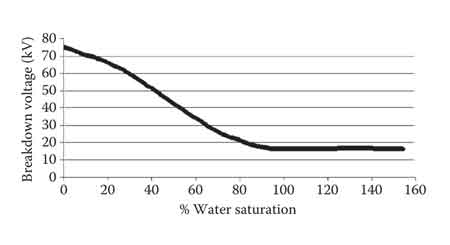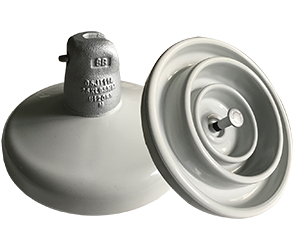Total Harmonic Distortion: THD Explained
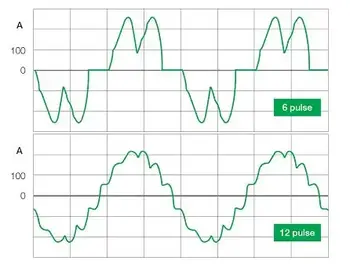
Grounding and Bonding and The NEC - Section 250
Our customized live online or in‑person group training can be delivered to your staff at your location.
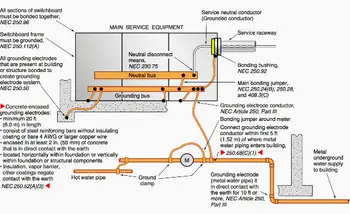
- Live Online
- 12 hours Instructor-led
- Group Training Available
Download Our OSHA 3075 Fact Sheet – Understanding Electrical Hazards in the Workplace

- Learn the effects of electric current on the human body
- Understand OSHA safety standards and protective devices
- Discover essential lockout/tagout and grounding practices
Total Harmonic Distortion (THD) measures unwanted voltage or current harmonics that distort AC waveforms, lowering power quality and efficiency. Discover how THD impacts electrical systems and learn effective methods to reduce harmonic levels for reliable performance.
What is Total Harmonic Distortion?
Total Harmonic Distortion quantifies the harmonic content of a voltage or current waveform, expressed as a percentage of the fundamental frequency.
✅ Indicates overall power-quality health for equipment and grid
✅ Helps diagnose overheating, vibration, and energy losses
✅ Guides filter design and IEEE 519 compliance planning
Total harmonic distortion (THD) is a crucial factor in evaluating power quality in electrical systems. THD measures the level of distortion in a waveform caused by the presence of harmonics. Harmonics are multiples of the fundamental frequency of the waveform, which can result in a distorted waveform with irregular peaks and troughs. Therefore, THD is expressed as a percentage of the fundamental frequency of the waveform. To understand the broader context of THD, it's helpful to start with a clear explanation of what is power quality, as harmonic distortion directly impacts voltage and current stability.
Power Quality Analysis Training
Request a Free Power Quality Training Quotation
The distortion in the current waveform can be analyzed using Fourier analysis, which breaks down the waveform into its individual harmonic components. THD measurement is then used to quantify the waveform's distortion level. THD is calculated as the square root of the sum of the individual harmonic components' squares divided by the fundamental frequency's RMS voltage. This value is expressed as a percentage of the fundamental voltage. Nonlinear loads that generate harmonics may also cause voltage drops and irregularities, making it essential to monitor voltage flicker and distortion.
Electricity Today T&D Magazine Subscribe for FREE

- Timely insights from industry experts
- Practical solutions T&D engineers
- Free access to every issue
Total harmonic distortion measurement is essential for assessing power quality in electrical systems. However, high THD values can cause significant problems for sensitive equipment, including audio systems. Audio systems require a clean, sinusoidal signal with minimal distortion levels. Additionally, the input signal and output signal must match the sine wave to minimize crossover distortion. In such cases, THD is a crucial parameter that must be carefully controlled.
Voltage distortion caused by THD is also a concern in power systems. The voltage stress within a capacitor is related to the peak value of the voltage waveform, not its heating value. As such, THD is not a good indicator of voltage stress within a capacitor. For engineers analyzing THD in field environments, a power quality analyzer provides critical insight into waveform integrity and harmonic content.
Total Harmonic Distortion Limits and Effects
| THD (%) | Power Quality | Impact on Equipment | Recommended Action |
| < 3% | Excellent | No significant effects | No action needed |
| 3–5% | Acceptable | Slight heating, minor interference in sensitive devices | Monitor system regularly |
| 5–8% | Marginal | Equipment derating, increased transformer and motor heating | Consider harmonic filters |
| 8–10% | Poor | Distortion affects electronics, overheating risk increases | Install passive/active filters |
| > 10% | Unacceptable | Severe waveform distortion, equipment failure risk | Urgent corrective action required |
Analysts have developed total demand distortion (TDD) to address this limitation to characterize current distortion levels. TDD refers to the peak demand load current's fundamental frequency, rather than the fundamental frequency of the present sample. TDD is used in IEEE STD 519-1992 guidelines to assess current distortion levels in power systems.
Power quality is a critical issue in electrical systems, and Total harmonic distortion measurement is an essential tool for ensuring high-quality power. In addition to THD, other parameters such as voltage distortion, frequency domain, and signal processing must also be considered to ensure proper system response characteristics.
The root means square (RMS) voltage is a critical parameter for calculating THD. The RMS voltage is the square root of the sum of the squares of the individual voltages in the waveform. The fundamental frequency is the lowest frequency component of the waveform, and all other harmonic frequencies are multiples of this frequency. If your system includes capacitive components, understanding the capacitor voltage rating is vital, as high THD can stress capacitors beyond safe limits.
THD measurement is performed using a THD analyzer, a specialized instrument designed to accurately measure a waveform's harmonic components. The analyzer processes the waveform using signal processing techniques, such as Fourier analysis, to identify and quantify the individual harmonic components. For those managing grounding systems, high THD levels can interfere with effective electrical grounding, increasing risks and reducing equipment lifespan.
THD Measurement and Standards
Waveform distortion caused by nonlinear loads can significantly degrade signal integrity in electrical systems, making it essential to analyze the harmonic spectrum using a reliable THD analyzer. These analyzers break down the complex waveform into its individual harmonic components, helping engineers assess compliance with IEEE 519 and other power quality standards. Maintaining waveform purity ensures that sensitive equipment operates efficiently and without error, particularly in systems where stable RMS voltage is critical. By identifying the sources and magnitude of distortion, organizations can take corrective action to restore clean waveforms and improve overall system performance.
IEEE 519 THD Limits by Voltage Level
| Voltage Level (System Voltage) | Maximum THD for Voltage (%) | Maximum Individual Harmonic (%) |
|---|---|---|
| Below 1 kV | 5.0% | 3.0% |
| 1 kV to 69 kV | 3.0% | 2.0% |
| 69.1 kV to 161 kV | 2.5% | 1.5% |
| Above 161 kV | 1.5% | 1.0% |
Frequently Asked Questions
How is THD calculated?
THD is calculated as the square root of the sum of the individual harmonic components' squares divided by the fundamental frequency's RMS voltage. This value is expressed as a percentage of the fundamental voltage. Harmonic content also plays a crucial role in assessing the balance between apparent power and real power, particularly in distorted systems.
What are the sources of distortion in electrical power systems?
Nonlinear loads are the primary source of distortion in electrical power systems. These loads do not follow Ohm's law, meaning that the current drawn by the load is not proportional to the voltage applied to it. Instead, the current waveform is distorted, resulting in voltage distortion and harmonic frequencies multiples of the fundamental frequency.
FREE EF Electrical Training Catalog
Download our FREE Electrical Training Catalog and explore a full range of expert-led electrical training courses.

- Live online and in-person courses available
- Real-time instruction with Q&A from industry experts
- Flexible scheduling for your convenience
What are the effects of distortion on electrical equipment?
High levels of distortion can cause significant problems for sensitive equipment, including audio systems. Audio systems require a clean, sinusoidal signal with minimal distortion levels. Additionally, distortion can cause equipment to overheat, resulting in damage and a reduced lifespan.
How can distortion be reduced or eliminated in electrical systems?
Filtering and other mitigation techniques can reduce or eliminate distortion in electrical systems. For example, filtering can remove harmonic frequencies from the waveform, while other techniques, such as power factor correction, can help reduce the distortion level. Harmonics significantly affect power factor correction, often requiring filters or capacitor banks to maintain system efficiency.
What is the difference between THD and individual harmonic distortion?
THD measures the total amount of distortion in a waveform caused by the presence of harmonics. On the other hand, individual harmonic distortion measures the distortion caused by a specific harmonic frequency. Both measures are essential for assessing power quality in electrical systems.
What does THD tell you?
THD tells you the level of distortion in a waveform caused by the presence of harmonics. This information is crucial for evaluating power quality in electrical systems and identifying potential issues that impact equipment performance and lifespan.
Is 0.5 THD good?
0.5 Total harmonic distortion is considered high and may cause problems for some applications. Generally, a THD of less than 5% is acceptable for most applications.
What are the effects of high THD?
High levels of Total harmonic distortion can cause significant problems for sensitive equipment, including audio systems. It can also reduce the efficiency of electrical systems, resulting in increased energy consumption and decreased overall efficiency. Additionally, high levels of THD can cause equipment to overheat, resulting in damage and a reduced lifespan.







